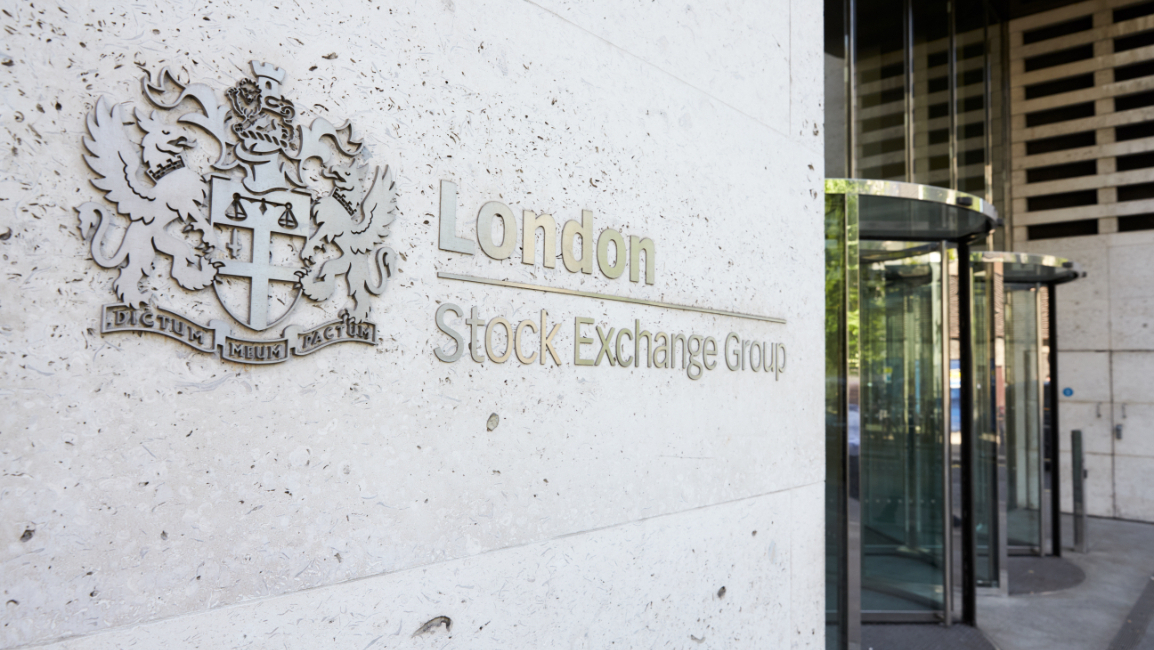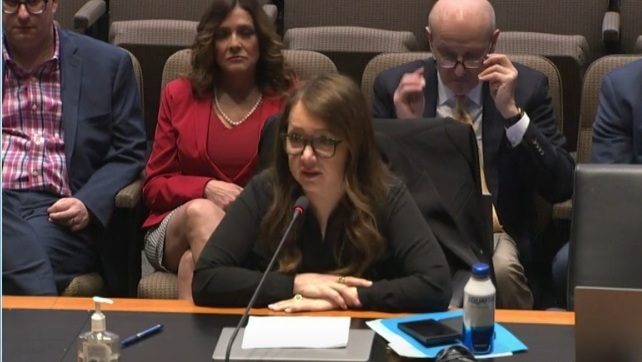
Voluntary carbon markets: the what, why and how
With the London Stock Exchange on track to launch a carbon market, Atharva Deshmukh examines why this approach is becoming popular and highlights the issues and challenges.
Speaking last week at the World Forum on Enterprise and the Environment at the University of Oxford, Julia Hoggett, CEO of the London Stock Exchange (LSE), confirmed that the exchange will be launching a voluntary carbon credit market soon. The primary objective of this is to channel large sums of capital into low-emission or decarbonisation projects that generate voluntary carbon credits.
A voluntary carbon market (VCM) directs capital into decarbonisation and is made up of multiple participants, including firms that develop low-emission projects, organisations that establish standards and buyers who are looking to offset their carbon footprint.
In a May 2022 note discussing the structure of LSE’s voluntary carbon credit market, Hoggett wrote: “The London Stock Exchange’s Voluntary Carbon Market will be a designation for closed-ended investment funds that are listed or admitted to the exchange’s markets. It will enable investors and market participants to readily identify those funds which have committed to invest in carbon credit projects that meet internationally recognised standards”.
VCMs are not a substitute for individual organisations undertaking the ‘hard yards’ of directly decarbonising their production processes and supply chains, but a valuable way of augmenting all our efforts and speeding our path to a low-carbon economy.
The tricky bits: where credits come from and where they go
The primary challenge with voluntary carbon credits is defining which activities generate carbon credits. Hoggett’s argument is that we should focus on decarbonisation-oriented projects that would not happen or are unlikely to happen without the incentives and capital offered by carbon credit markets. At the Oxford conference, Hoggett said that “voluntary carbon credits cannot be created by activity that isn’t additional and would happen anyway”.
The related issue with carbon credits is one that has surrounded the carbon offsets debate: does this mean companies can just pay their way out? According to Hoggett, not quite. Her view is that voluntary carbon credits are a supplement, not a substitute, for decarbonising industries: “Voluntary carbon markets … are not a substitute for individual organisations undertaking the ‘hard yards’ of directly decarbonising their production processes and supply chains, but a valuable way of augmenting all of our efforts and speeding our path to the transition to a low-carbon economy.”
It seems to work, but watch the price
VCMs are part of a broader conversation around putting a price on carbon. Those in favour of pricing carbon argue that it is fundamentally a “carrot and stick” approach to the transition: make it more expensive to emit and more lucrative to decarbonise. Voluntary carbon credits are one of the many forms carbon pricing takes. Others include a carbon tax, internal carbon pricing and an emissions trading system (ETS).
There is some evidence that the carrot and stick logic works. Consider evidence from China’s ETS experiment launched in 2011. Research shows that Chinese regions with an ETS saw a 19% increase in patents related to low-emission technology. Elsewhere, researchers examined data from a sample of 142 countries and found that “countries with a carbon price have on average had annual CO2 emissions growth rates that are about two percentage points lower than countries without a carbon price, all else equal”.
Yet, it is not enough to conclude that carbon prices work. The High-Level Commission on Carbon Pricing, co-chaired by economists Joseph Stiglitz and Lord Nicholas Stern concluded that prices need to be anywhere between $50 and $100 per ton of C02 to be consistent with the goals of the Paris Agreement. Most countries, they observed, had prices “well below that range”. In China, for instance, the April 2022 weighted average price of a carbon emission allowance was only $9.29 per metric ton according to data provider S&P Global.
Correcting course
Putting a price on carbon, through channels such as the LSE’s voluntary carbon credit market, is a vital components of adjusting the way markets deal with climate change. In her comments at COP 26, Hoggett stated “we have had markets that have not priced externalities appropriately”.
Carbon pricing, if implemented at scale and monitored strategically, serves as a powerful course correction to historical market trajectories. As Hoggett says: “We should have been building a scaled voluntary carbon market many years ago.”
Atharva Deshmukh is Net Zero Investor’s head of research



